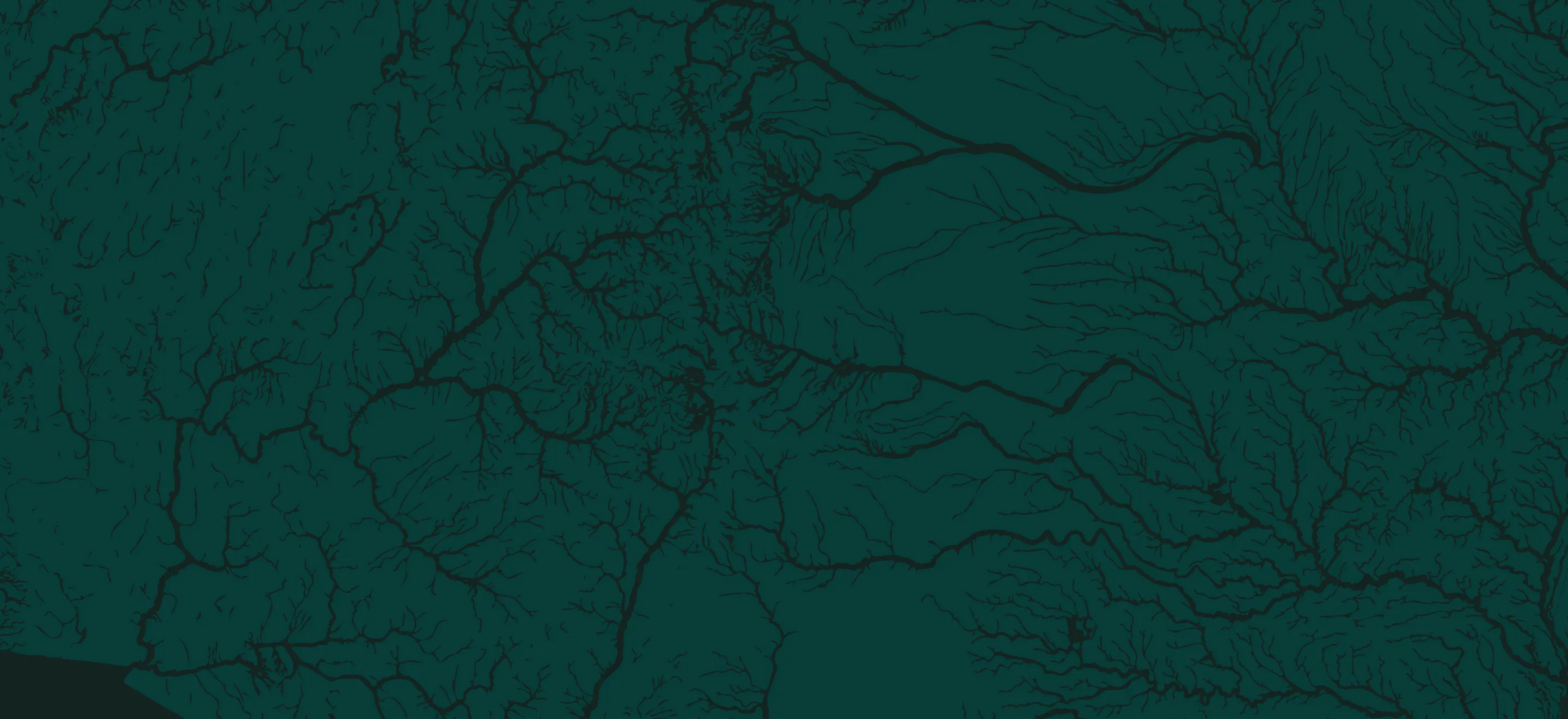onWater Fish is proud to be a staunch advocate for the citizen science movement. With our newly launched C.A.T.C.H Project (Community of Anglers Tracking for Conservation & Habitat), a groundbreaking initiative combining AI-powered tools like the first-ever and patented fish length estimation from a photo and community science to transform recreational fishing and fisheries management organizations’ approach to conservation and data acquisition efforts, we are part of the solution to help conserve and enhance our fisheries.
Here are 7 ways you can harness the power of citizen science and be an active participant to help protect and enhance the places you fish. These are just examples as there are many more ways to get involved.
Download and use onWater Fish. Download the app today. onWater Fish is the first-ever recreational mobile mapping app to integrate a photo-based fish measurement tool alongside a suite of community science tools, empowering everyday anglers to make a real difference for our watersheds and coastal areas. For scientists it provides a mobile, real-time data collection tool, and for anglers, a private journal to document their experiences, helping them fish smarter and contribute valuable information for fisheries management.
From NOAA:
Additional ways to Be a Citizen Scientist
There are dozens of citizen science projects within NOAA that provide opportunities for people to engage in scientific investigation. At NOS, popular citizen science projects include:
- Report Nautical Chart Errors to Keep Boaters Safe
- You can increase boater safety, help reduce the risk of accidents, and increase the quality of NOAA charting products by submitting nautical chart errors discovered while boating. Learn more.
- Citizen Science Water Level Application
- A citizen science application to report water levels is available online, anyone can submit a water level report from their mobile device. This application collects photographs and associated GPS locations of water levels. Learn more.
- Marine Debris Monitoring Toolbox
- The Marine Debris Monitoring and Assessment Project, or MDMAP, is a citizen science initiative that engages NOAA partners and volunteers across the nation to survey and record the amount and types of marine debris on shorelines. Learn more.
- Marine Debris Tracker
- This mobile application lets people report litter on the water anywhere in the world. Learn more.
- National Marine Sanctuaries Opportunities
- Volunteers help to ensure national marine sanctuaries remain America's underwater treasures for future generations. These volunteers participate in a wide variety of activities including diving, whale identification, beach cleanups, water quality monitoring, collecting field observations and surveys, acting as visitor center docents, and wildlife monitoring. Learn more.
- Phytoplankton Monitoring Network
- This volunteer network was established to monitor marine phytoplankton and harmful algal blooms. Learn more.
- Volunteering at Estuary Reserves
- You can contribute in many ways to protect estuaries and conserve their valuable natural resources. No matter what your background or talent, we have volunteer opportunities at every national estuarine research reserve. Learn more.
- GPS on Bench Marks
- A bench mark is a permanent mark or disk that's either in the ground or attached to a large structure. This permanent mark has a known elevation or height which makes it valuable to NOAA. There are over 400,000 bench marks in the United States, and in the GPS on Bench Marks project, anyone can visit the bench mark of their choice, record field notes, take digital photos, and collect GPS observations or coordinates and then use online tools to send the information to NOAA. Learn more.
- More volunteer opportunities with NOAA
- From recording the weather to mapping magnetic fields with your smartphone, there are many ways to contribute to citizen science projects with NOAA and our partners. Learn more about how NOAA coordinates citizen science and crowdsourcing efforts.
Discover More Ways to Find Fishing Near You
How to Find Rivers Near You for Fishing
Five Keys to Planning Your Next Do It Yourself Fishing Trip and How to Make it Your Best One Yet









